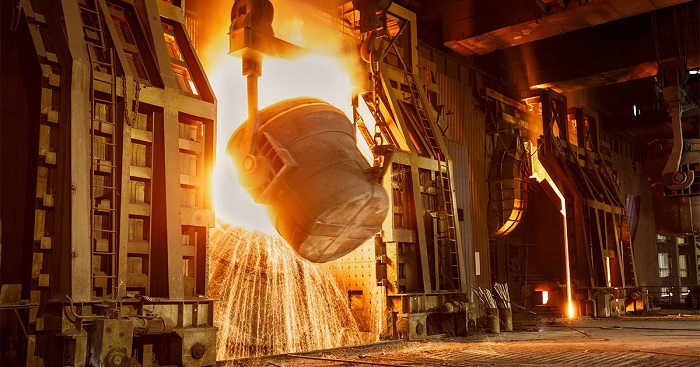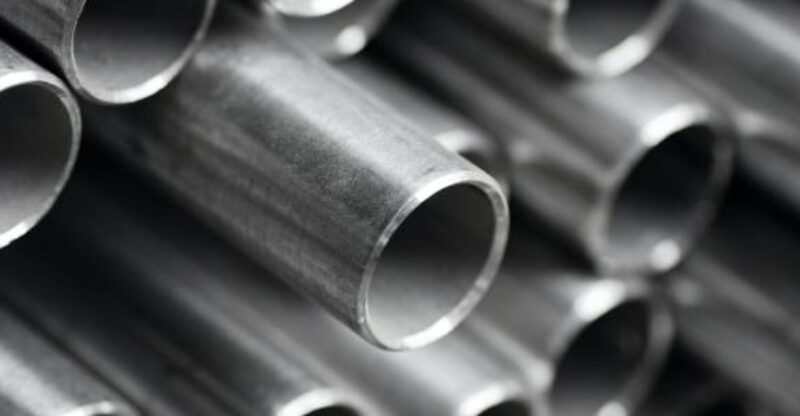A brief overview of the history of steel
A Short Overview Of Evolution Of Steel And The Current Trend In The Steel Market
With its ubiquitous presence in almost every industry, stainless steel is a material of choice for modern times. From auto gate repair (https://www.brooklynz.com.sg/auto-gate-repairs-singapore/) to the construction industry, stainless steel is an indispensable component of modern life. It is also fascinating to learn about the evolution of steel and how it came to be used today.
It was around 2000 BCE that humans first introduced iron in Southwest Asia or South-central Asia. Iron was used in the production of numerous goods, including weapons. Over time, however, a transition occurred when people started adding a small amount of carbon to the iron, which made them stronger and sharper than bronze. This marked the beginning of the Iron age.
The rise of steel- Through the Iron Age
Semi-solid steel was developed in the Iron Age. The metal was made by simply reducing iron ore. Agricultural tools and weapons were made from the metal produced. During the middle of the 14th century, liquid iron was first extracted from iron ore by a process known as sintering. Water wheels drove the bellows in the furnace to reach high temperatures, making sintering of liquid iron ore possible.
Steelmaking in the modern times
Until the 1950s, open-hearth furnaces and slabbing and blooming processes were the two most common methods of steel making. Those processes were subsequently replaced by continuous steel casting and oxygen steel making. These two technologies are often regarded as the most innovative innovations in steel making history.
During the 1980s and 1990s, major global steel companies and research institutions conducted research and development to overcome the disadvantages of basic oxygen steel making in integrated mills. It was important to develop new processes to replace the blast furnace used in iron-making.
The ever-evolving Global Steel Industry
Global steel companies are now focusing their efforts on reducing greenhouse gas emissions and adapting to the stringent global air pollution laws worldwide. So it is expected that innovative iron-making technologies and environmentally friendly products will soon be available commercially. The use of clean energy sources will also enable a greater reliance on economically produced steel, such as Direct Reduced Iron, which will change the industry for the better. The steel produced using these techniques is widely used in the fabrication of several products, including auto gates and many other modern steel products.
The future of steel production
The study shows that the global steel industry’s steel production process will develop in three different directions over the next few years. First, the large-scale seaside integrated steel mills will remain highly competitive in global markets. Secondly, the increase in steel scrap availability and the low-cost production process of Direct Reduced Iron is expected to enhance the procurement of iron resources at reduced rates. Thirdly, areas like India, China and other large continent nations are likely to find simpler, more compact and more environmentally-friendly alternatives to their outdated blast furnaces.
Steel has been a major part of human history for centuries. Its wonderful properties and low-cost production will ensure that it continues to be a vital part of our lives for many millennia to come.

Stainless steel market size and trend Report Overview
Several factors have contributed to the increasing demand for stainless steel, including corrosion resistance, robustness, ductility, and low maintenance. The following are a few insights into the current market trend in the steel industry.
Grade Insights
The 200 series is more economical because the nickel used in the production of the 300 series is partly replaced by nitrogen or manganese in the 200 series.
Product insights
Flat products now account for the largest share of stainless steel’s volume. Flat products are ideal for use in energy, construction, household appliances, or other end-use industries. As a major consumer of steel, the construction industry has witnessed a huge uptake of innovative steel products like auto gates, demonstrating a move to technology-integrated steel products.Companies like Brooklynz Stainless Steel Pte Ltd the pioneer in stainless steel fabrication offers the ease of maintenance and automatic gate remote control replacement options that has revolutionised these end-use steel industries. According to industry analysts, the growth of these end-user segments is expected to drive the development of the stainless steel market over the next few years.
Market Insights In Stainless Steel
Many businesses are now involved in capacity expansion in different countries simultaneously. According to company executives, this is the most advanced technology system for stainless steel that will open up a range of business opportunities for businesses worldwide. The line is capable of producing a wide range of goods. Know More









